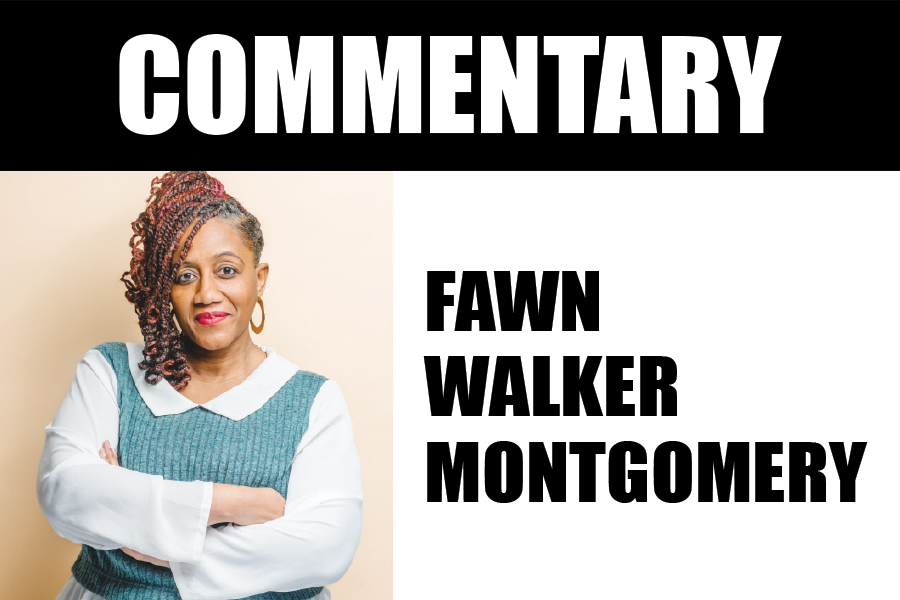Recently, in Allegheny County, there has been an increase in neighborhood street violence in Black communities. Some call this “Black-on-Black” crime, as this has resulted in many young Black people being killed. Before I go on, I will say that hood violence is horrible, and we lose our people to both death and jail. I have personally experienced this, so I will never frame this as something that hasn’t hurt our communities. Not to mention the trauma and desensitization it inflicts on our mindset, and affects our community apathy as well. Nevertheless, the idea of Black-on-Black crime is a myth and an example of internalized racism and White supremacy. I know that may shock some, but let me explain.
Sociologist Karen D. Pyke is credited with coining the concept of “internalized racism.” She defines it as the “internalization of racial oppression” and something that is done both consciously and unconsciously. One way this occurs is by having people believe in their heads that racism is OK. Yes, even Black people. When I say people, I don’t mean the government or other officials. To maintain White supremacy, it must be put into the mindset that influences one’s behavior or societal attitudes. This helps to normalize it and is why the media is constantly putting Black people and immigrants out there as criminals. If you aren’t conscious of this, you begin to believe this and buy into it as well. Furthermore, the majority of all violent crime in the United States happens between people of the same race. So, why do we never hear about White-on-White crime, etc.?
Additionally, this is also used to push Black people to have an overdependence on police, push fear in our communities, and cause division. Locally, I have witnessed this dangerous pattern too many times. When shootings occur, the community often responds with a vigil or something similar, and the local government pushes for an increase in policing. We praise this and advocate for more community policing, which often shows up as law enforcement at local events like “Kids with Cops” and hiring more Black officers. Usually, those events are surveillance opportunities for police and result in putting our youth on their radar. More police are hired, and conditions worsen. Police end up harming Black and other community members, sometimes resulting in fatalities. People then reach out to advocates like me for support. When we suggest solutions like abolishing or defunding the police, these ideas sound crazy or even radical to some.

This is due to the trauma caused by racism, which has led some to be complacent with a world in which police violence is normalized, rather than envisioning a future without such institutions. Not to mention, this is applying a Band-Aid to the problem without really addressing the solution.
Violent crime is a symptom of underlying societal issues; as a solution, we should be investing in community initiatives that are not dependent on grants, such as neighborhood block watch, etc. These funds are also overseen by local officials who sustain racism in their practices. This shows up in only providing funds to organizations they deem safe, which also results in certain nonprofits monopolizing funds and causing burnout among those working to utilize these resources, under unrealistic grant timelines. Furthermore, these funds can be taken away at any time, as we are currently witnessing with the “Stop the Violence” money. We must unlearn our internalized racism; otherwise, we will continue to perpetuate negative patterns that work against our interests.